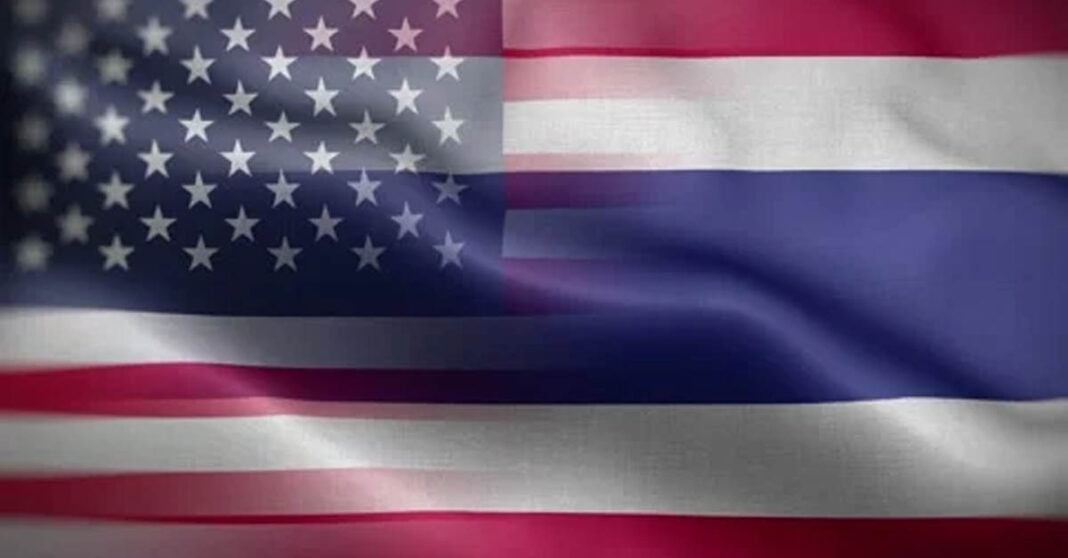Thailand has ruled out cutting tariffs on all US goods to zero in ongoing trade talks, due to concerns about risks to local producers and key industries, Deputy Finance Minister Paopoom Rojanasakul said on 18 July.
Speaking ahead of a meeting with the US Trade Representative on 18 July, he explained that the government wants a deal that supports both exporters and local industries like agriculture, small businesses, and livestock.
Currently, Thai exports to the US face average tariffs of about 36 percent. Lowering these would likely mean opening up Thailand’s markets more in return, which could hurt local producers.
Paopoom emphasized that a successful deal should protect the long-term interests of all sectors, not just aim for the lowest tariffs.
Key products important to the country would need to be left out of any zero-tariff deal to protect domestic supply chains.
Thailand Takes Different Path Than Vietnam
Addressing comparisons with Vietnam, Paopoom explained that Vietnam receives two tariff rates under US trade rules: 20 percent for goods that meet Regional Value Content (RVC) requirements, and 40 percent for those that do not. Because Vietnam’s supply chain is less developed, a greater share of its exports likely face a higher rate.
Paopoom said Thailand’s more advanced supply chain requires a different approach and more careful consideration of the potential trade-offs involved.
Thailand Proposes 90 Percent Tariff Cut on US Goods
Despite concerns, Thailand has significantly increased its offer to reduce import tariffs on US products.
Chanintr Chalisarapong, Vice Chairman of the Thai Chamber of Commerce and advisor to the negotiating team, told Bloomberg on 17 July that Thailand now proposes to cut tariffs on 90 percent of US goods, up from a previous offer of 60 percent.
This new proposal covers around 10,000 US products and is expected to help reduce Thailand’s USD 46 billion trade surplus with the US by up to 70 percent within three years.
The changes could also lead to a reduction in US tariffs on Thai exports, potentially lowering them to between 18 and 20 percent from the current 36 percent.
Chanintr said the plan is more ambitious than previous offers and goes beyond what Vietnam has committed to.
The proposal may also include tariff exemptions for US digital services used in Thailand, along with increased imports of liquefied natural gas, Boeing aircraft, and key US agricultural products like corn, soybeans, and barley.
Lower prices on these imports are expected to benefit Thailand’s pet food industry, a major exporter, and support the broader poultry, livestock, and food processing sectors.
Contingency Planning Underway
On 16 July, Commerce Minister Jatuporn Buruspat confirmed during a pivotal trade negotiation update that Thailand has submitted additional proposals and is preparing for several possible outcomes.
These include one scenario where Thai exports continue to face a 36 percent tariff and another where the rate is reduced to 20 percent, similar to Vietnam’s.
He said relevant agencies have been instructed to prepare contingency plans in case the US imposes retaliatory tariffs.
As trade talks continue, Thai officials are emphasizing the need for an agreement that strengthens economic ties with the US while protecting Thailand’s domestic industries



